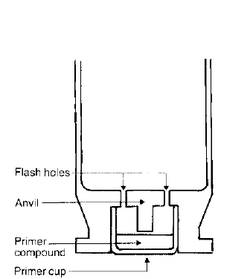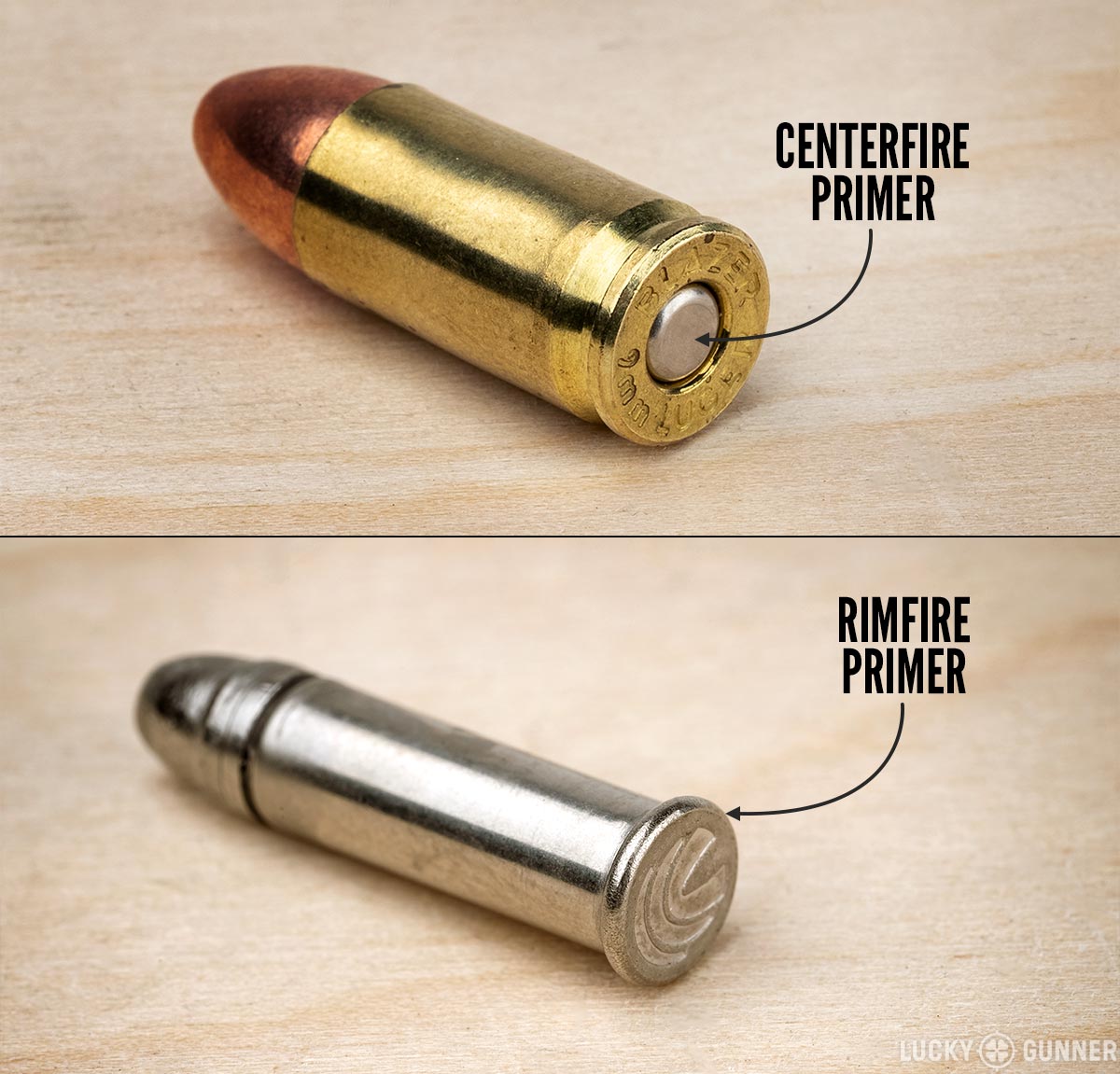3 Simple Techniques For Pistol Primers
Wiki Article
Some Known Details About Cci Primers
Table of ContentsThe 25-Second Trick For Reloading PrimersWhat Does Rifle Primers Do?4 Simple Techniques For Rifle PrimersAn Unbiased View of Federal PrimersPrimers For Sale for Beginners
Component of the weapon cartridge for starting propellant burning In firearms and also weapons, the guide () is the chemical and/or gadget in charge of initiating the propellant combustion that will push the projectiles out of the gun barrel. In early black powder weapons such as muzzleloaders, the guide was essentially the very same chemical as the primary propellant (albeit generally in a finer-powdered form), yet poured right into an external flash frying pan, where maybe fired up by an ignition source such as a sluggish match or a flintlock Some muzzleloaders have guides like cap weapon caps.
Instances consist of pistol cartridges, rifle cartridges, and also shotgun shells. Bigger weapons items on the other hand normally use electrical priming. In artillery the primers are regularly a separate element, positioned inside the barrel to the rear of the major propellant chargebut there are other examples of weapons, consisting of for instance some automated weapons, designed to fire cartridges with indispensable electric primers.
Unknown Facts About Rifle Primers

With the development of hand-held guns, this became an undesirable way of firing a gun. Holding a burning stick while attempting to pour a cost of black powder thoroughly down a barrel is unsafe, and trying to hold the weapon with one hand while concurrently intending at the target and looking for the touchhole makes it extremely difficult to fire properly. The first effort to make the procedure of firing a little arm easier was the "matchlock".
, as well as dried. After the weapon was packed and also the touchhole topped with powder, the burning pointer of the match was positioned so that the lock would bring it into contact with the touchhole.
Excitement About Pistol Primers
This brought the match to the touchhole, igniting the powder. With careful focus, the slow-burning match can be kept melting for long durations of time, and using the lock mechanism made rather exact fire feasible. The next change in ignition modern technology was the "wheel-lock". It used a spring-loaded, serrated wheel which rubbed against a piece of iron pyrite, comparable to a modern-day lighter.

The covered flashpan additionally gave some capability to endure bad weather condition. The wheel-lock enjoyed just a brief period of appeal prior to being superseded by a less complex, extra durable design.
Not known Details About Rifle Primers
As the name suggests, the flintlock utilized flint rather than iron pyrite. The flint was kept in a spring-loaded arm, called the "cock" from the resemblance of its activity to a pecking hen. The dick rotated through about a 90-degree arc as well as was kept in the tensioned, or "cocked" setting by a trigger. https://www.kickstarter.com/profile/relodprim3rs/about.The "half-cock" setting held the dick halfway back, and utilized a deep notch to ensure that pulling the trigger would not release the penis. Half-cock was a safety position, used when filling, storing or carrying a crammed flintlock. The "full-cock" position held the cock all the means back and was the position where the gun was terminated.
It functioned as both a flashpan cover and a steel striking surface for the flint. The frizzen was hinged and spring-loaded to make sure that it would secure in the open or shut position. When shut, the striking surface was placed to ensure that the flint would certainly strike at the appropriate angle to create a trigger.
The Single Strategy To Use For Winchester Primers
The flintlock device was less complex and more powerful than the wheel-lock, and also the flint and steel provided a good, dependable resource of ignition. The flintlock stayed in army service for over 200 years, and flintlocks are still made today for historical re-enactments and muzzle-loading target competitors, as well as for hunters who appreciate the additional difficulty that the flintlock offers.Percussion ignition was invented by Scottish clergyman Rev. Alexander John Forsyth in 1807 yet needed further refinements before it was progressively approved in the 1820s to 1830s. By the middle of the 19th century, the percussion or caplock system was well established. It was embraced by both sides in the American Civil War, as it was easier as well as extra trustworthy than the flintlock.
The flashpan as well as frizzen were gotten rid of as well as replaced by a small, hollow straight cyndrical tube (drum) screwed why not try these out into the bored-out as well as tapped flash hole as well as lugging a "nipple" over which the cap might be fitted. A "hammer" which likewise had half-cock (for filling as well as using the cap) and also full-cock settings replaced the cock.
Report this wiki page